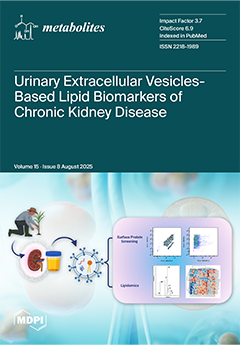Background: Worldwide, the number of cases of parasitic diseases has been increasing; however, available treatments have variable adverse effects and low efficacy, mainly in Neglected Tropical Diseases such as Chagas disease and Leishmaniasis. Therefore, the development of new and more effective antiparasitic
[...] Read more.
Background: Worldwide, the number of cases of parasitic diseases has been increasing; however, available treatments have variable adverse effects and low efficacy, mainly in Neglected Tropical Diseases such as Chagas disease and Leishmaniasis. Therefore, the development of new and more effective antiparasitic drugs is important. Natural products are the source of secondary metabolites with different biological activities, such as antibacterial, anticancer, anti-inflammatory, and antiparasitic.
Objectives: In this work, secondary metabolites (phenols and terpenes) from natural products were selected to be evaluated against the epimastigotes of NINOA and A1 strains of
Trypanosoma cruzi and the promastigotes of M379 strain and FCQEPS native isolate of
Leishmania mexicana. Additionally, their cytotoxicity and selectivity index were determined.
Methods: Eighteen secondary metabolites were evaluated in vitro against
T. cruzi epimastigotes and
L. mexicana promastigotes; additionally, their cytotoxicity on the J774.2 macrophage cell line was determined.
Results: The compounds l-(-)-menthol (14, IC
50 = 24.52 µM) and β-citronellol (11, IC
50 = 21.54 µM) had higher trypanocidal activity than the reference drug (benznidazole) against NINOA and A1 strains of
T. cruzi, respectively. On the other hand,
para-anisyl alcohol (4, IC
50 = 34.89 µM) had higher leishmanicidal activity than the reference drug (glucantime
®) against M379 and the FCQEPS native isolate of
L. mexicana. Finally, in silico, the determination of their pharmacokinetic and toxicological properties showed that they are promising candidates for oral and topical uses.
Conclusions: This study opens the possibility of using secondary metabolites as scaffolds for access to the development of new molecules for the treatment of parasite diseases.
Full article






